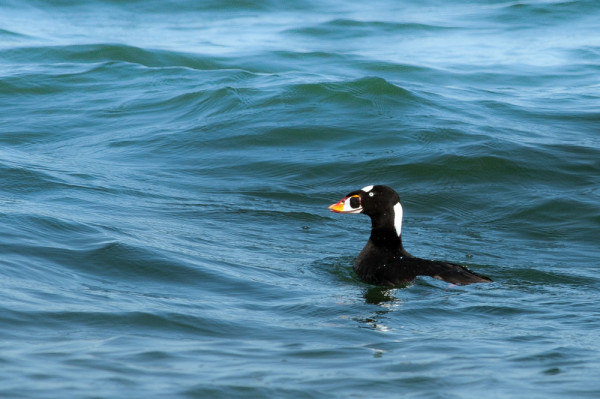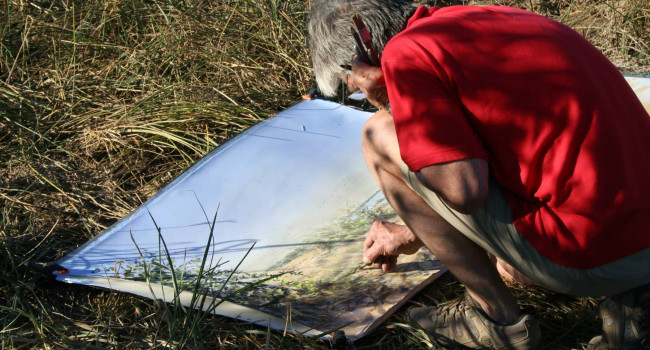
BirdTrack migration blog (23rd-29th September)
Scott’s role includes the day-to-day running of BirdTrack: updating the application, assisting county recorders by checking records and corresponding with observers.
Relates to projects
Whilst reports of species such as Pied Flycatcher and Whitethroat fell away, some species were still seen in good numbers across the UK. Chiffchaffs in particular were well reported; at this time of year, there is typically an increase in reports of this species as birds from Scandinavia pass through Britain and Ireland.
Several species seem to be arriving slightly early this year, and as predicted, a surge in Pink-footed Goose reports over the last week was in no doubt related to the favourable winds helping birds arrive from their Icelandic breeding grounds. Flocks were reported from across the UK with birds pushing as far south as Kent, but the majority were found in Norfolk and northern counties that traditionally hold large flocks over the winter months.
The arrival of Pink-footed Geese was about a week earlier than expected, and during the last few days, other winter visitors also arrived with a scattering of reports of both Brambling and Redwing. No doubt these will be joined by more birds in the coming weeks.

The lack of easterly winds didn’t seem to stop a wave of Yellow-browed Warblers from arriving. This delighted many patch birders who look forward to seeing and hearing this delightful autumn sprite each autumn. Although the early reports of this species are often confined to the northern Isles, birds were reported as far and wide as Cornwall, Kent, Northern Ireland, and Scotland.
Other scarce migrants from the east also arrived with a Red-flanked Bluetail in Norfolk, a handful of Arctic Warblers, two Western Bonelli’s Warblers and around 20 Red-backed Shrikes, all making for an exciting week.
The two standout rarities were an Eastern Olivaceous Warbler in Co. Dublin, and the returning Double-crested Cormorant in Co.Leitrim that was last seen at this location on April 16th.
The Atlantic high-pressure system could put the brakes on migration...that said, given similar conditions last week, birds did still arrive - so keep your eyes peeled!
Looking ahead
Much like the last week, a large high-pressure system looks to establish itself in the North Atlantic, which will bring northerly winds our way over the course of the weekend. This will likely aid the continued arrival of Pink-footed Geese as well as family parties of Whooper Swans which are migrating south from Iceland for the winter.
As the week progresses, the Atlantic high-pressure system will remain in place. As a result, there will be little change in the wind direction, and this will reduce the intensity of migration in comparison to what is usual for the time of year. That said given similar conditions last week birds did still arrive - so keep your eyes peeled!

Red-throated Divers will continue to arrive and will benefit from the northerly tail-wind. Common Scoter flocks will continue to build, and are always worth checking for a Velvet or maybe even a Surf Scoter. Any strong winds could produce any of the four skua species, and these same conditions should bring us some Leach’s Petrels and maybe a few Iceland and Glaucous Gulls.
I am sure many are hoping the arrival of Yellow-browed Warblers continues and looking out for a few more Red-flanked Bluetails - this species has certainly seen a change in fortunes over the years, from being an uber-rare dream bird to one that is expected in small numbers each autumn
The high-pressure system sitting high in the Atlantic does open up an almost unbroken flow of winds from North America, and this could be enough to drop in some American waders such as Wilson’s Phalarope, Semipalmated Sandpiper, or Spotted Sandpiper.
The end of next week will see an area of low pressure developing in the North Sea off the coast of Scotland. This will drag in winds from Norway and further east, and could result in the arrival of migrants to the Shetland Islands. Yellow-browed Warbler, Redwing, Redpoll, and Brambling are all likely and the winds might even bring in a rarity in the form of Pechora Pipit, Brown Shrike, or maybe a White’s Thrush.
Launching the new BirdTrack App
A fresh look and new features - the new app is the perfect companion when out birdwatching and enables you to easily keep track of the birds you see.
Find out more








Share this page